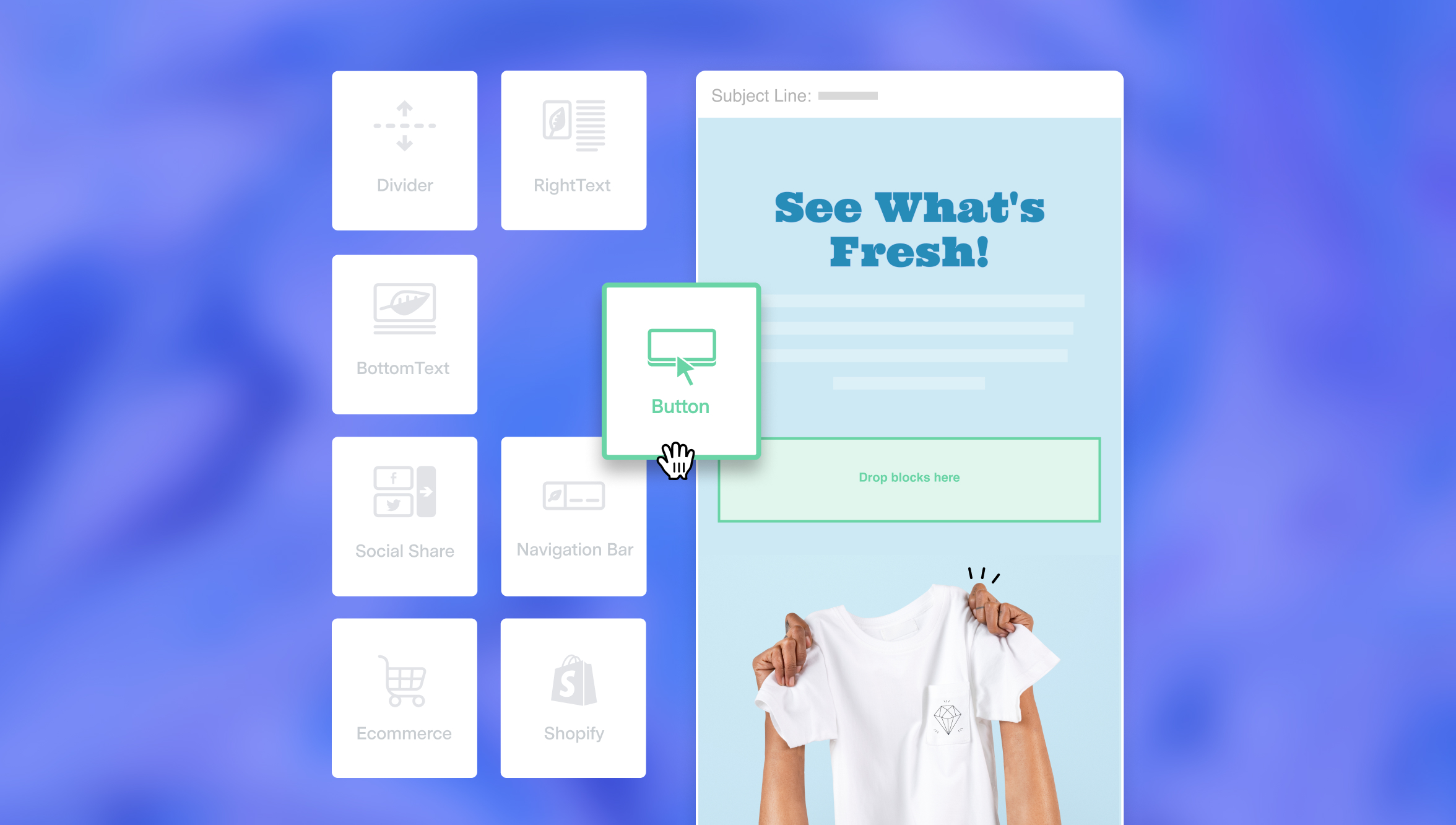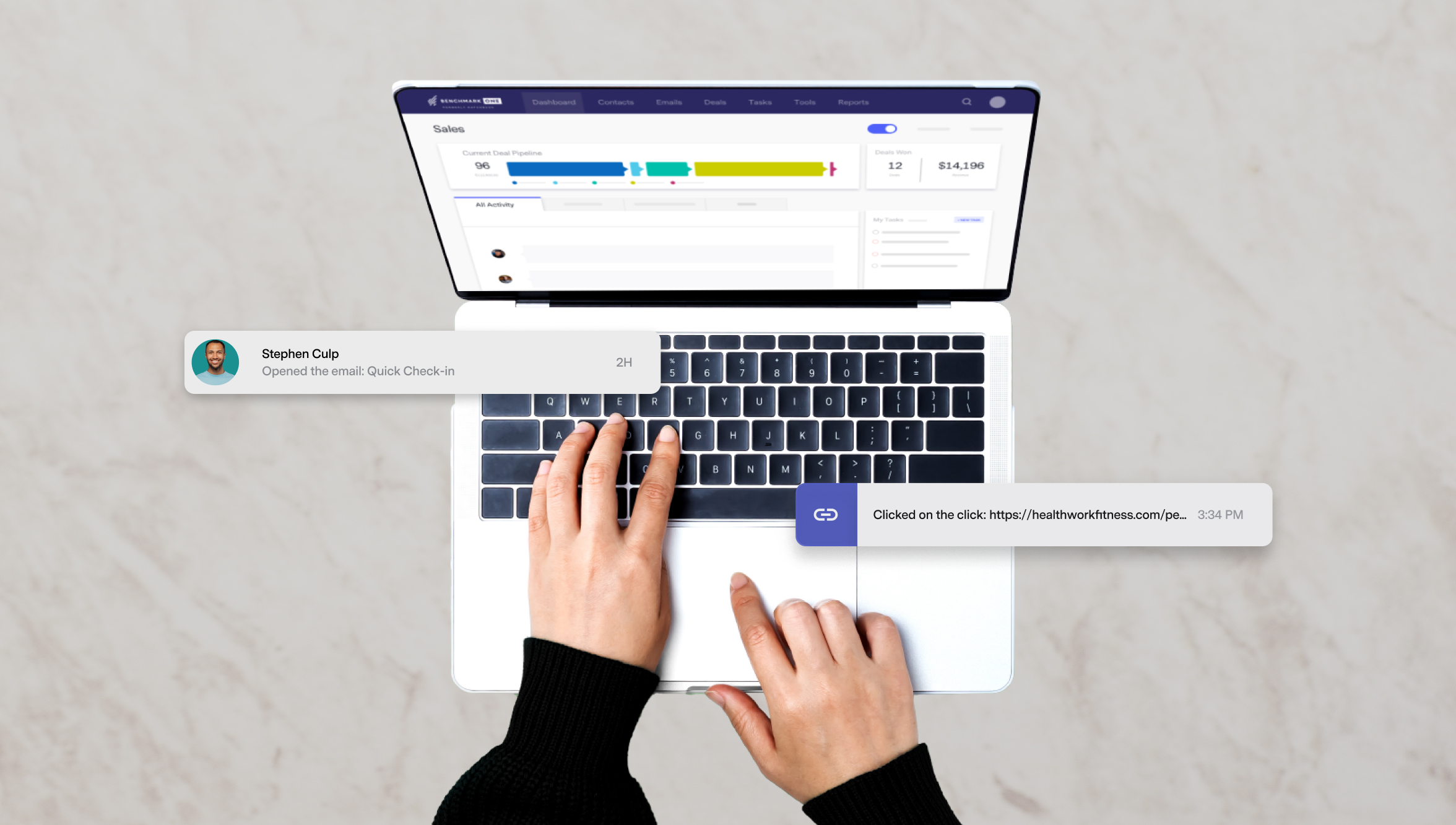From Inbox to Income: Enhancing Sales with Email Marketing
February 21, 2024 6 min read

Despite the rise of social media and other messaging platforms, email marketing continues to offer unparalleled return on investment, direct access to a targeted audience, and personalized communication options that can significantly boost sales figures.
But how do you connect A to B?
In this article, I’ll guide you through the nuances of crafting compelling email campaigns, optimizing for higher open and conversion rates, and leveraging segmentation and automation techniques that will help you see the return you’re looking for from your email efforts. Whether you’re a small business owner looking to grow your brand or a marketing professional aiming to refine your email marketing strategy, this article will provide valuable insights into turning your email list into a powerful revenue-generating asset. By the end, you’ll understand how to effectively use email marketing not just for communication but as a strategic tool to enhance your sales and strengthen your business’s bottom line.
How Email Marketing Equates Sales
In the digital marketing ecosystem, the correlation between email marketing and sales performance is both significant and measurable. The following are some ways email marketing builds trust with your audience and encourages repeat purchases
1. Builds Personalized Customer Relationships
Email marketing excels in creating personalized communication with customers. Unlike broad advertising strategies, email allows for targeted messaging based on customer preferences, purchase history, and behavior. By segmenting your email list into specific groups, you can tailor your content to resonate with different audiences. Personalized emails result in higher open rates, click-through rates, and, ultimately, conversions. Showcasing these metrics can effectively demonstrate the direct impact of personalized email campaigns on sales.
When it comes to segmentation, you can employ various strategies that will ensure you’re putting increased sales at the forefront. For example, you can create a list based on previous purchases and send each segment a promotion for a similar or complementary product.
2. Is Cost-Effective With High ROI
One of the most compelling arguments for email marketing is its cost-effectiveness and high return on investment. Compared to other marketing channels, email marketing requires relatively low investment while delivering substantial returns. The average ROI for email marketing is $42 for every $1 spent. Highlighting this impressive ROI in reports and presentations can quickly grab the attention of decision-makers and justify the continued investment in email marketing.
To see a high return from email marketing, marketers should leverage email marketing platforms that facilitate efficient campaign management, insightful analytics, personalization, and automation. These are comprehensive tools designed to create, send, manage, and optimize email campaigns. They offer features such as customizable email templates, list segmentation, A/B testing to improve engagement rates, and ways to grow your email list.
3. Drives Repeat Business and Customer Loyalty
Email marketing is not just about acquiring new customers; it’s also an excellent tool for fostering loyalty and encouraging repeat business. Regular, well-crafted emails keep your brand top-of-mind and nurture long-term relationships with customers. By sending exclusive offers, loyalty rewards, and personalized product recommendations, you can incentivize repeat purchases and increase customer lifetime value. Tracking and presenting metrics like repeat purchase rates and customer retention can underscore the role of email marketing in driving ongoing sales.
4. Is Measurable and Data-Driven
A significant advantage of email marketing is its measurability. Every aspect of an email campaign can be tracked and analyzed, from open rates and click-through rates to conversions and revenue generated. This data-driven approach allows marketers to continually refine their strategies based on real-time feedback.
Demonstrating the direct correlation between specific email campaigns and sales growth involves tracking a variety of metrics that indicate how email initiatives are directly influencing consumer behavior and driving revenue. Here are some key metrics to focus on:
- Conversion Rate: This is the percentage of email recipients who complete a desired action, such as making a purchase, after clicking on a link in your email. A high conversion rate directly correlates to effective email campaigns, leading to sales growth.
- Revenue per Email (RPE): RPE is calculated by dividing the total revenue generated from an email campaign by the number of emails sent. This metric directly ties email efforts to revenue, showing how much income each email contributes.
- Click-Through Rate (CTR): While CTR is a measure of engagement, showing the percentage of recipients who clicked on one or more links within an email, it’s also an indicator of how well an email campaign drives interest. Higher CTRs can lead to higher conversion rates, assuming the subsequent landing page is effective.
- Return on Investment (ROI): ROI measures the profitability of the email campaigns. It’s calculated by subtracting the cost of the email marketing campaign from the revenue generated and then dividing it by the cost of the campaign. A high ROI indicates that the email marketing efforts are successfully driving sales.
- Average Order Value (AOV): AOV tracks the average dollar amount spent each time a customer places an order as a result of an email campaign. By monitoring AOV, you can see if specific email campaigns encourage customers to spend more, directly affecting sales growth.
- Customer Lifetime Value (CLTV) Increase: CLTV represents the total revenue a business can expect from a single customer account throughout their relationship. If email campaigns are effective at nurturing and upselling customers, you should see an increase in CLTV.
- Abandoned Cart Recovery Rate: For eCommerce, tracking the success of abandoned cart emails in converting lost sales into completed purchases can directly show how email interventions recover potential revenue.
- Lead Conversion Rate: This measures the effectiveness of email marketing in converting leads into paying customers. It’s particularly relevant for campaigns aimed at nurturing leads through the sales funnel.
- Email Shareability: If recipients are sharing your email content or offer with others, and this leads to new subscribers or sales, it indicates the effectiveness of your campaigns in driving organic growth alongside direct sales.
5. Enhances Sales through Automation and Triggered Emails
Email automation and triggered emails are powerful features that can significantly boost sales with minimal ongoing effort. Automated campaigns, such as welcome series, cart abandonment emails, and post-purchase follow-ups, engage customers at critical moments in their buying journey. These targeted communications can nudge customers towards a purchase, recover lost sales, and enhance the overall customer experience. Sharing success stories and statistics from automated and triggered email campaigns can highlight their impact on sales.
6. Integrates with Other Marketing Channels
Email marketing doesn’t operate in a vacuum. It can be integrated with other marketing channels, such as social media, content marketing, and PPC advertising, to create a cohesive and multi-faceted approach. For example, email can be used to amplify the reach of your content or to retarget customers who engage with your social media ads. Demonstrating how email marketing complements and enhances other marketing efforts can reinforce its value in a comprehensive marketing strategy.
7. Offers Continuous Improvement through A/B Testing
A/B testing is a crucial aspect of optimizing email marketing campaigns. By testing different elements like subject lines, email copy, calls-to-action, and design, you can continually improve the performance of your emails. Showcasing the results of A/B tests and how they have led to improved open rates, click-through rates, and, ultimately, sales can be a persuasive way to illustrate the ongoing refinement and effectiveness of your email marketing efforts.
Email marketing is a versatile and powerful tool that can significantly increase sales while providing measurable results. Its ability to create personalized customer relationships, offer high ROI, drive repeat business, and integrate seamlessly with other marketing channels makes it an indispensable part of any marketer’s arsenal. By effectively communicating the impact of email marketing on sales through data-driven insights and success stories, marketers can convincingly demonstrate the value of their efforts to their superiors and secure ongoing support for their email marketing campaigns.
If you’re looking for email marketing software that’s not only cost-effective but can help you implement strategies to increase sales, sign up for a free Benchmark Email account today.







